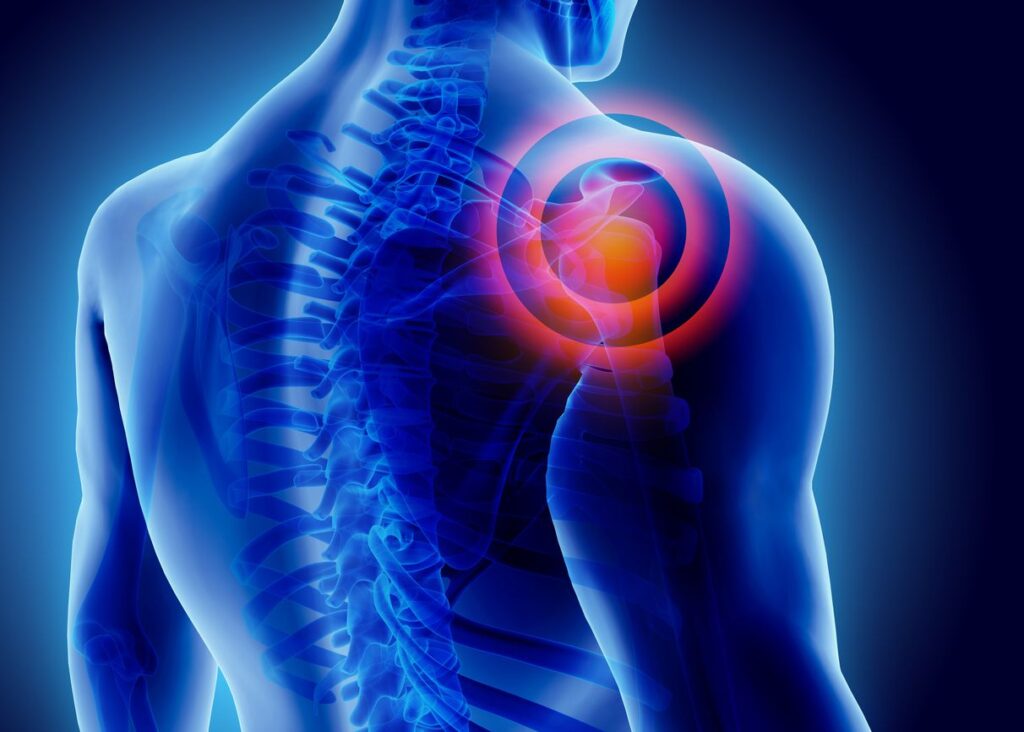Pain is a complex physiological and psychological response to potential or actual tissue damage. It serves as a critical warning system that prompts individuals to protect their bodies and seek treatment. While often perceived as a symptom, pain is recognized in modern medicine as a disease entity in itself, especially in chronic forms.

Classification of Pain: Understanding Its Diverse Forms
Acute Pain
Acute pain arises suddenly, often due to injury, surgery, or inflammation. It is typically sharp, self-limiting, and resolves as the underlying cause heals.
Chronic Pain
Chronic pain persists beyond normal tissue healing time, usually defined as pain lasting longer than three to six months. Conditions like arthritis, fibromyalgia, and neuropathy often contribute to chronic pain.
Nociceptive Pain
Originating from damage to non-neural tissue, nociceptive pain is typically described as aching or throbbing. It is further divided into:
- Somatic pain: Affects skin, joints, muscles, and bones.
- Visceral pain: Arises from internal organs such as the intestines or liver.
Neuropathic Pain
Neuropathic pain results from damage to the nervous system itself. Common causes include diabetic neuropathy, shingles, and spinal cord injuries. Symptoms often include burning, tingling, or electric shock-like sensations.
Psychogenic Pain
Pain influenced by emotional, psychological, or behavioral factors, without a clear physical cause. Though controversial, it is a recognized category requiring interdisciplinary management.
Referred Pain
Pain perceived at a location different from the source. A classic example is left arm pain during a heart attack.
Common Causes of Pain
- Injury or trauma: Cuts, burns, fractures, or sprains
- Inflammatory diseases: Arthritis, lupus
- Degenerative disorders: Osteoarthritis, spinal stenosis
- Neurological conditions: Multiple sclerosis, trigeminal neuralgia
- Infections: Dental abscess, shingles
- Cancer: Tumor infiltration or treatment-related pain
- Surgical procedures: Postoperative pain
Mechanism of Pain Perception
Pain is initiated by nociceptors—specialized nerve endings that respond to harmful stimuli. These signals travel via the spinal cord to the brain, where they are interpreted as pain.
- Transduction: Conversion of stimulus into electrical signals at the nociceptors.
- Transmission: Signals are carried to the central nervous system.
- Perception: The brain processes the signal, resulting in conscious pain experience.
- Modulation: Pain signals may be amplified or suppressed by descending pathways.
Diagnosing Pain: Tools and Techniques
Pain assessment relies on both subjective reports and objective findings.
Subjective Evaluation
- Pain scales: Numeric Rating Scale (NRS), Visual Analog Scale (VAS), Wong-Baker FACES
- Pain diaries: Track intensity, triggers, and response to interventions
- Detailed history: Onset, duration, character, and aggravating or relieving factors
Objective Measures
- Neurological exams: Assess reflexes, sensation, and motor function
- Imaging studies: MRI, CT scan, or X-rays to detect structural causes
- Electrodiagnostics: Nerve conduction studies or EMG for neuropathic pain
- Laboratory tests: Rule out infection or autoimmune conditions
Pain Management Strategies
Effective pain management integrates pharmacological and non-pharmacological interventions.
Medications
- Non-opioid analgesics: Acetaminophen, NSAIDs (ibuprofen, naproxen)
- Opioids: Morphine, oxycodone—used with caution due to risk of dependence
- Antidepressants: Amitriptyline, duloxetine—for neuropathic and chronic pain
- Anticonvulsants: Gabapentin, pregabalin—effective in nerve pain
- Topical agents: Lidocaine patches, capsaicin creams
Non-Pharmacological Treatments
- Physical therapy: Improves mobility and reduces inflammation
- Cognitive-behavioral therapy (CBT): Helps modify pain perception and behavior
- Acupuncture: Stimulates nerves and may release endorphins
- Transcutaneous electrical nerve stimulation (TENS): Blocks pain signal transmission
- Mindfulness and relaxation techniques: Reduces stress and improves coping
Interventional Procedures
- Nerve blocks: Injected anesthetics for targeted relief
- Epidural injections: Used in spinal pain or radiculopathy
- Spinal cord stimulation: Electrical impulses disrupt pain signals
- Surgical options: For tumors, herniated discs, or joint replacements
Chronic Pain: A Public Health Concern
Chronic pain affects over 20% of the global population and is a leading cause of disability. It contributes to decreased quality of life, sleep disturbances, anxiety, depression, and lost productivity.
Multidisciplinary pain clinics offer comprehensive evaluation and coordinated care plans. Long-term success in managing chronic pain requires patient education, lifestyle adjustments, and psychological support.
Preventing Pain and Promoting Long-Term Relief
- Ergonomic workplace adjustments
- Regular exercise and weight management
- Early intervention in acute injuries
- Smoking cessation and reduced alcohol consumption
- Managing underlying conditions such as diabetes and arthritis
Future Directions in Pain Research
Innovations in pain management are advancing rapidly:
- Personalized medicine: Genetic profiling for targeted treatments
- Biologic therapies: Modulate specific immune pathways
- Neurostimulation advancements: Less invasive devices with better targeting
- Artificial intelligence: Assisting in pain pattern analysis and prediction
Frequently Asked Questions
What causes pain in the body?
Pain can result from injury, inflammation, nerve damage, or emotional distress.
What are the different types of pain?
The primary categories are acute, chronic, nociceptive, neuropathic, psychogenic, and referred pain.
How is chronic pain treated?
It often requires a combination of medication, therapy, lifestyle changes, and sometimes surgical intervention.
Is it possible to live pain-free with a chronic condition?
While complete relief may not always be possible, most people can achieve substantial improvement with the right management strategy.
When should I seek medical attention for pain?
Persistent, worsening, or unexplained pain, especially if associated with other symptoms like fever or weight loss, warrants prompt evaluation.